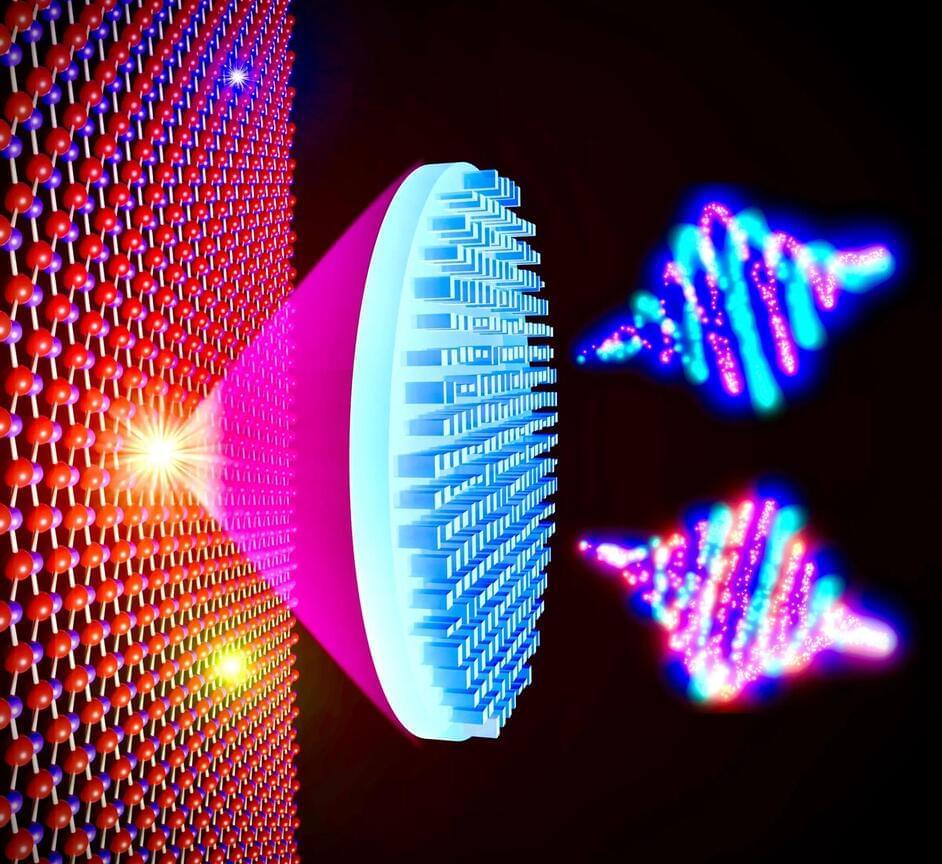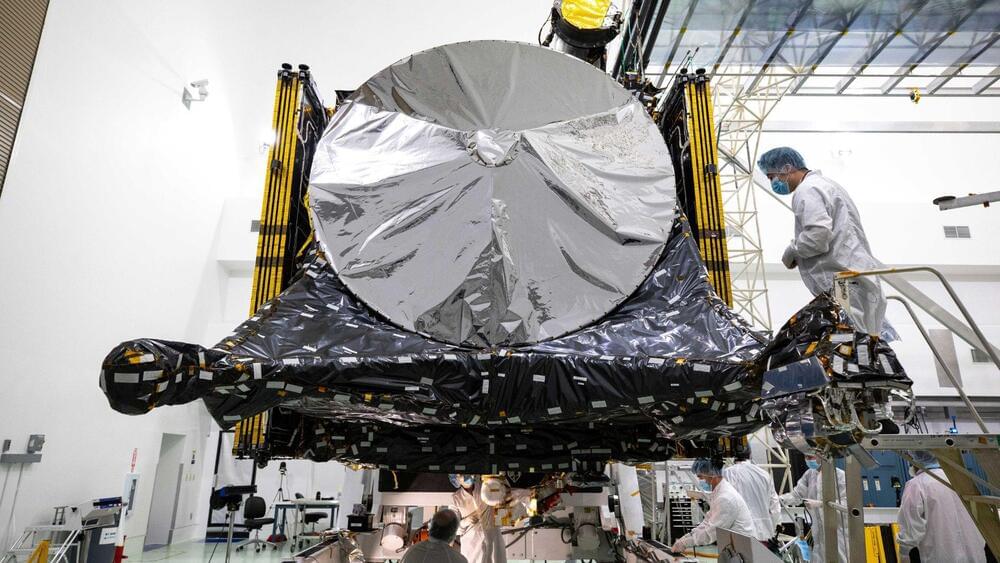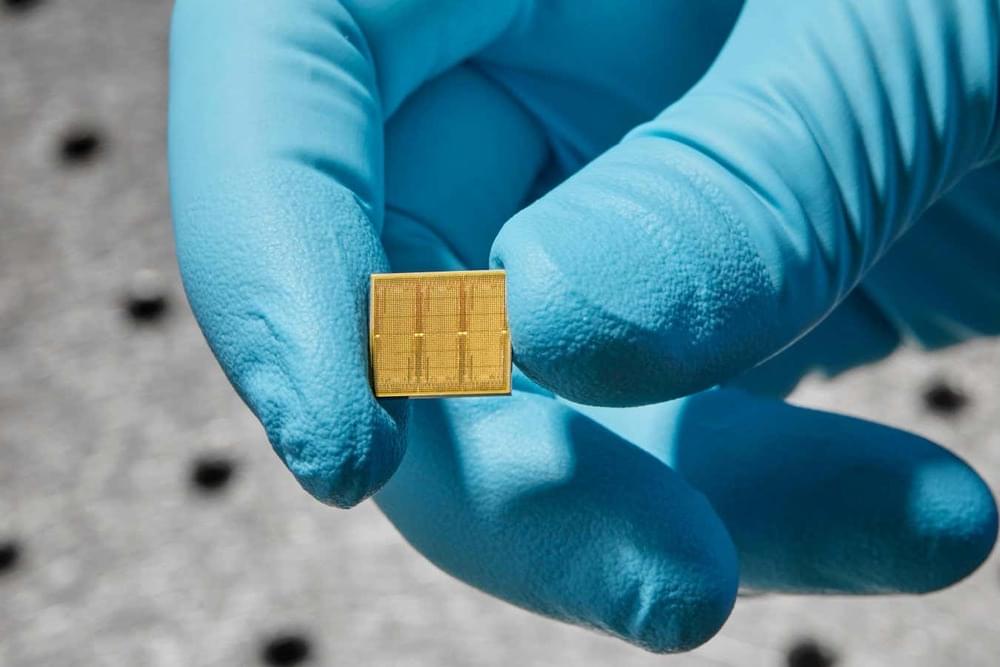The first experiment to produce oxygen on another planet has come to an end on Mars after exceeding NASA’s initial goals and demonstrating capabilities that could help future astronauts explore the red planet.
The microwave-size device called MOXIE, or Mars Oxygen In-Situ Resource Utilization Experiment, is on the Perseverance rover.
The experiment kicked off more than two years ago, a few months after the rover landed on Mars. Since then, MOXIE has generated 122 grams of oxygen, equal to what a small dog breathes in 10 hours, according to NASA. The instrument works by converting some of Mars’ plentiful carbon dioxide into oxygen.








